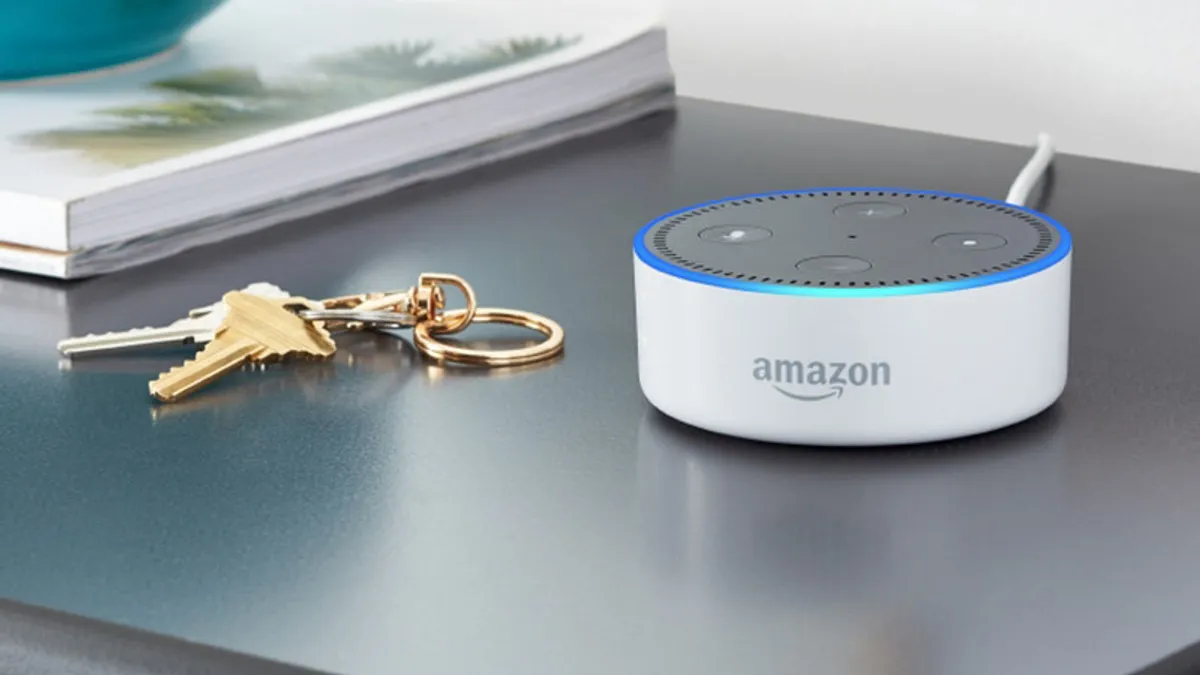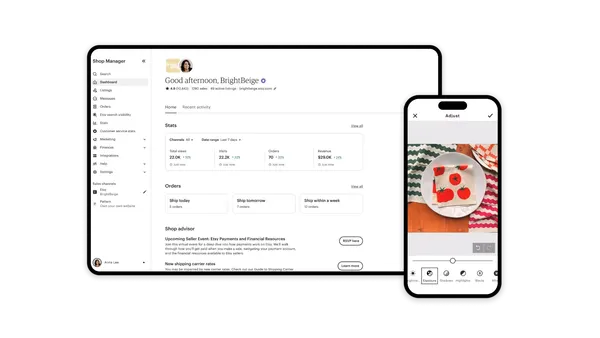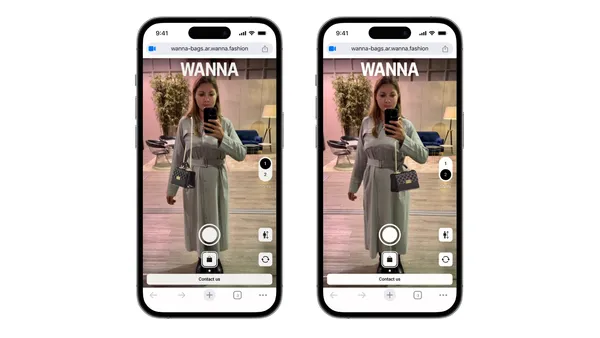Dive Brief:
- While the majority of consumers don't own voice-assisted devices and smartwatches, even fewer use them to make purchases, according to a recent study by Episerver.
- Although 35% of consumers now own a smartwatch, 66% of these people never browse on them, and 70% never purchase using them. For voice-assisted devices, 39% of consumers now own one, but 60% never browse using them and fewer use them to complete purchases.
- On the other hand, 75% of consumers report that they use smartphones to browse, and 57% said they make purchases on these devices. Additionally, 29% of smartphone owners report browsing for purchases on their smartphone daily, and half said they do so weekly, indicating a sizable base of highly connected consumers. According to the study, 90% of consumers now own smartphones.
Dive Insight:
It takes time for anticipated uses of new technologies to catch on, especially those like e-commerce that require the customer to surrender sensitive information like payment or account numbers. For instance, a recent survey found that 70% of consumers are unwilling to use Amazon Key, a delivery service that would allow couriers unescorted into homes.
So too with voice assisted devices like Amazon's Echo, Google Home and Apple's HomePod, as well as smartwatches. Many are still hesitating to use them for browsing, and even more aren't comfortable making purchases with them. For the smartwatches, the small screen size and limited functionality relative to other devices may be a concern. For voice-assisted devices, there's a certain comfort level many people still haven't achieved with engaging personalities like Alexa and Siri.
With the Amazon devices, one issue may be that they are so easy to order from, consumers are afraid of making a mistake, or having a child or other electronic device issue the "buy" command. The Episerver study said dissatisfaction with the buying experience turned some users off. Of the shoppers who don't want to try new technologies a second time, 51% said it's because the technologies did not improve their experiences.
One survey from SAP late last year was more optimistic about consumers and their attitudes toward voice-assisted purchasing. It said nearly 40% of consumers who own the assistants, like Alexa, were considering using them for holiday shopping, twice the number from the previous year. The Capgemini Digital Transformation Institute Conversational Commerce Survey came up with a similar number. It found that about 40% of consumers would use a voice assistant as an alternative to a mobile app or website within three years.
But another recent study from Worldpay confirmed that consumers are wary of using their payment information on connected devices. Fifty-five percent of consumers like the convenience of a chatbot or virtual assistant shopping for them, but only 37% would allow that virtual assistant access to their payment information.
"While consumers are willing to shop across channels now, they're still warming up to new devices like voice assistants and smartwatches," said Ed Kennedy, director of digital commerce strategy at Episerver in a press release. "It's up to brands and retailers to set the tone here and nail down the search experience on these devices to ease customers into shopping with new technologies."
Joey Moore, director of product marketing at Episerver, added: "Today's shoppers are interested in technology-rich experiences, but only if it's done right. Rather than introducing novel technology for the sake of doing so, brands should implement tools like smart mirrors, in-store and facial recognition sign-in online to make shopping easier, fast, more convenient and engaging."












